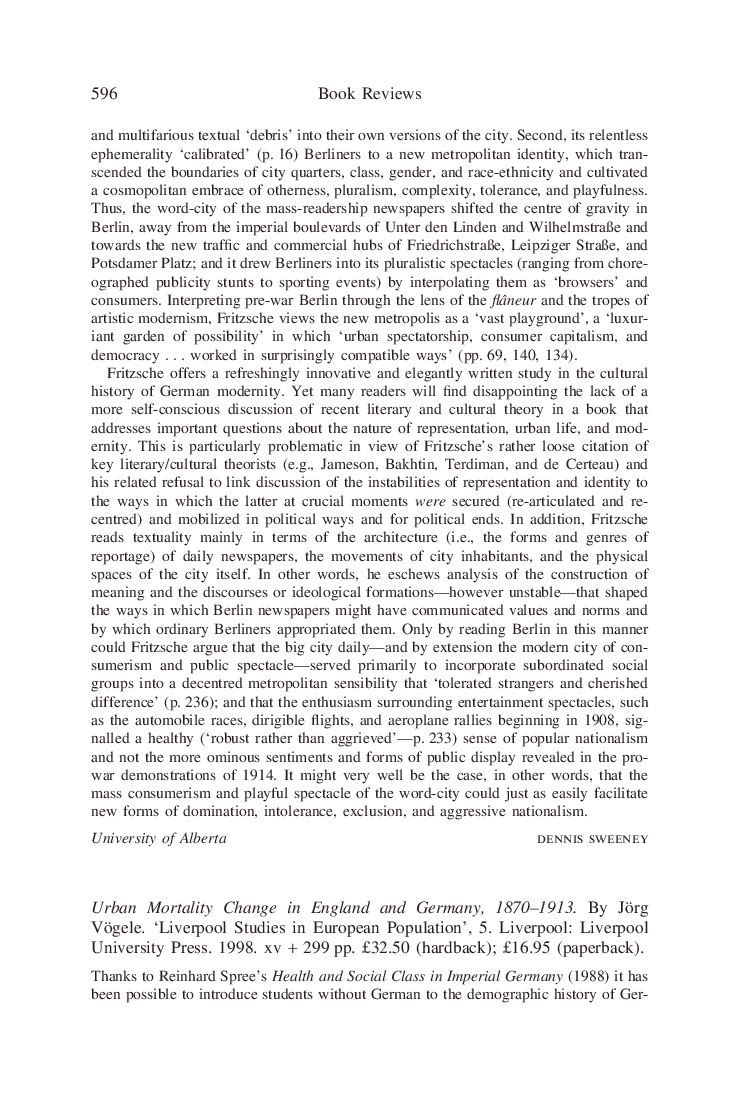| Article ID | Journal | Published Year | Pages | File Type |
|---|---|---|---|---|
| 7277842 | Acta Psychologica | 2014 | 4 Pages |
Abstract
Processing fluency plays a large role in forming judgments, as research repeatedly shows. According to the Hedonic Fluency Model, more fluently processed stimuli are rated more affectively positive than less fluently processed stimuli. Most research documenting such findings uses neutral or positive stimuli with low complexity, thus any potential impact of initial stimulus valence cannot be tested. In the present study, 60 IAPS stimuli ranging from very negative to very positive valence were rated on liking by participants. Processing fluency was manipulated through perceptual priming (7Â ms). Results of Experiment 1 (NÂ =Â 35) support the prediction of the Hedonic Fluency Model, but only for stimuli with an initially positive valence. However, when negative stimuli were processed more fluently, they were rated as more negative than when processed less fluently. Experiment 2 (NÂ =Â 39) showed that enhancing the accessibility of the stimulus content (via prolonging the prime duration to 100Â ms) cannot account for the results of Experiment 1, since Experiment 2 failed to replicate the findings obtained in Experiment 1. Potential factors influencing affective evaluation of negative stimuli are discussed. A model is offered for the reinterpretation of processing fluency as an amplifying factor for evaluative judgment.
Related Topics
Life Sciences
Neuroscience
Cognitive Neuroscience
Authors
Sabine Albrecht, Claus-Christian Carbon,
